About Material Recovery Facilities (MRFs)
Material Recovery Facilities (MRFs) play a crucial role in modern waste management systems. As recycling becomes increasingly important for environmental sustainability, MRF plants have emerged as key players in processing mixed recyclables into raw materials that can be reused in manufacturing. This article will explore the functions of MRFs, their operational processes, and the impact they have on reducing waste sent to landfills and conserving natural resources.
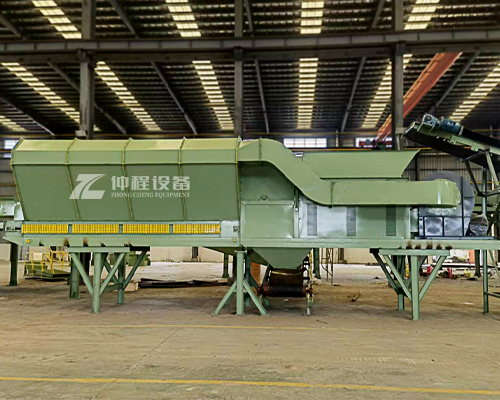
Operational Processes
An MRF plant is designed to sort and process recyclable materials collected from households, businesses, and other sources. Upon arrival at the facility, materials are unloaded onto conveyor belts where they begin their journey through various sorting mechanisms. Initially, large items are manually removed by workers to prevent damage to machinery. Then, automated systems take over, using screens, magnets, optical sorters, and air classifiers to separate different types of materials such as paper, plastics, metals, and glass.
Once sorted, these materials undergo further processing which may include baling, crushing, or compacting to prepare them for transportation to manufacturers who can use them as raw materials. Efficient operation of an MRF relies heavily on advanced technology to ensure high recovery rates while minimizing contamination.
Types of MRFs
There are generally two types of MRFs: clean and dirty. A clean MRF receives pre-sorted recyclables that have already been separated from non-recyclable trash by residents or collectors. In contrast, a dirty MRF handles mixed waste streams, including both recyclables and non-recyclables, requiring more intensive sorting processes to extract valuable materials.
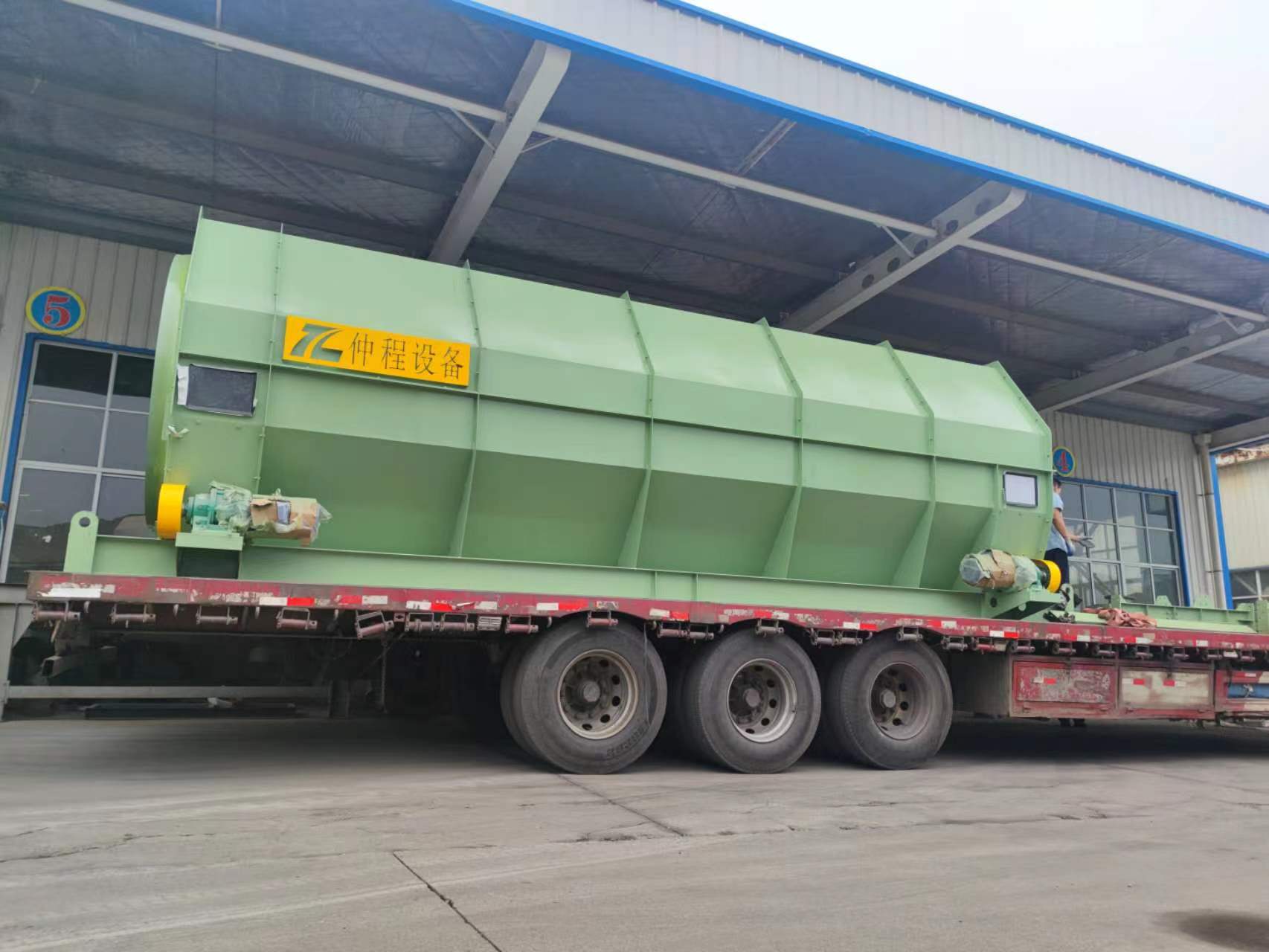
Environmental Impact
The primary environmental benefit of MRFs lies in their ability to divert substantial amounts of waste from landfills. By recovering materials for reuse, MRFs help reduce the need for extracting virgin resources, thus decreasing energy consumption and associated greenhouse gas emissions. Moreover, MRFs contribute to pollution prevention by ensuring that hazardous substances are properly managed rather than improperly disposed of.
Challenges and Innovations
| Model | Length Range | Segment No. | Aperture Size | Power (Kw) | Inclined Angle | Max. Material Size | Rotating Speed(rpm) |
| ZCφ600 | 2-4m | 1-2 | ≤30mm | 2.2-3 | 0-7° | 60mm | 12-18 |
| ZCφ800 | 2-5m | 1-3 | ≤50mm | 3-5.5 | 0-7° | 100mm | 12-18 |
| ZCφ1000 | 2-6m | 1-4 | ≤100mm | 4-11 | 0-7° | 150mm | 10-18 |
| ZCφ1200 | 3-8m | 1-4 | ≤150mm | 5.5-18.5 | 0-7° | 200mm | 9-15 |
| ZCφ1500 | 3-10m | 1-5 | ≤200mm | 7.5-22 | 0-7° | 250mm | 9-15 |
| ZCφ1800 | 4-12m | 1-5 | ≤220mm | 7.5-22 | 0-7° | 270mm | 8-15 |
| ZCφ2000 | 5-15m | 1-5 | ≤250mm | 11-30 | 0-7° | 300mm | 8-12 |
| ZCφ2500 | 5-18m | 1-6 | ≤300mm | 11-30 | 0-7° | 350mm | 8-12 |
Despite their benefits, MRFs face several challenges. Contamination of recyclable materials remains a significant issue, impacting the quality and marketability of recovered materials. To address this, ongoing education campaigns encourage proper sorting practices among the public. Technological advancements also continue to improve sorting efficiency and material purity.
Material Recovery Facilities represent a vital link in the recycling chain, transforming discarded materials into valuable resources. Through continuous innovation and community engagement, MRFs not only support sustainable waste management but also promote a circular economy where resources are used efficiently and waste is minimized. As society's commitment to environmental stewardship grows, the role of MRFs in shaping a greener future becomes ever more indispensable.
-
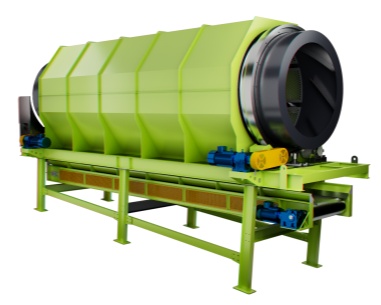 Trommel screenTrommel screen, also known as drum screens, are widely used in various industries for sorting and separating materials.Get Quote
Trommel screenTrommel screen, also known as drum screens, are widely used in various industries for sorting and separating materials.Get Quote -
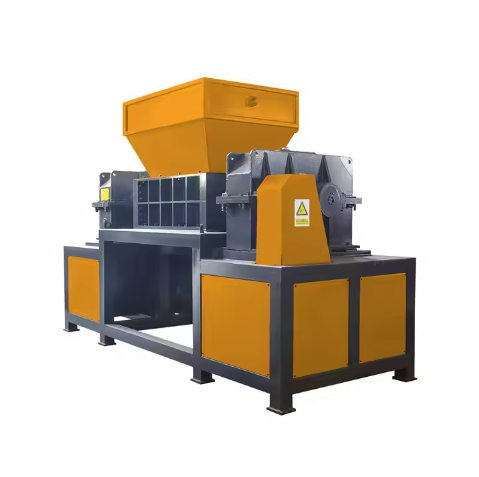 Crop straw double shaft shreddApplications:Biomass Energy Production: Shredded straw can be used as a feedstock for bioenergy plants to produce electricity or heat.Livestock Feed: Reduced-si...Get Quote
Crop straw double shaft shreddApplications:Biomass Energy Production: Shredded straw can be used as a feedstock for bioenergy plants to produce electricity or heat.Livestock Feed: Reduced-si...Get Quote -
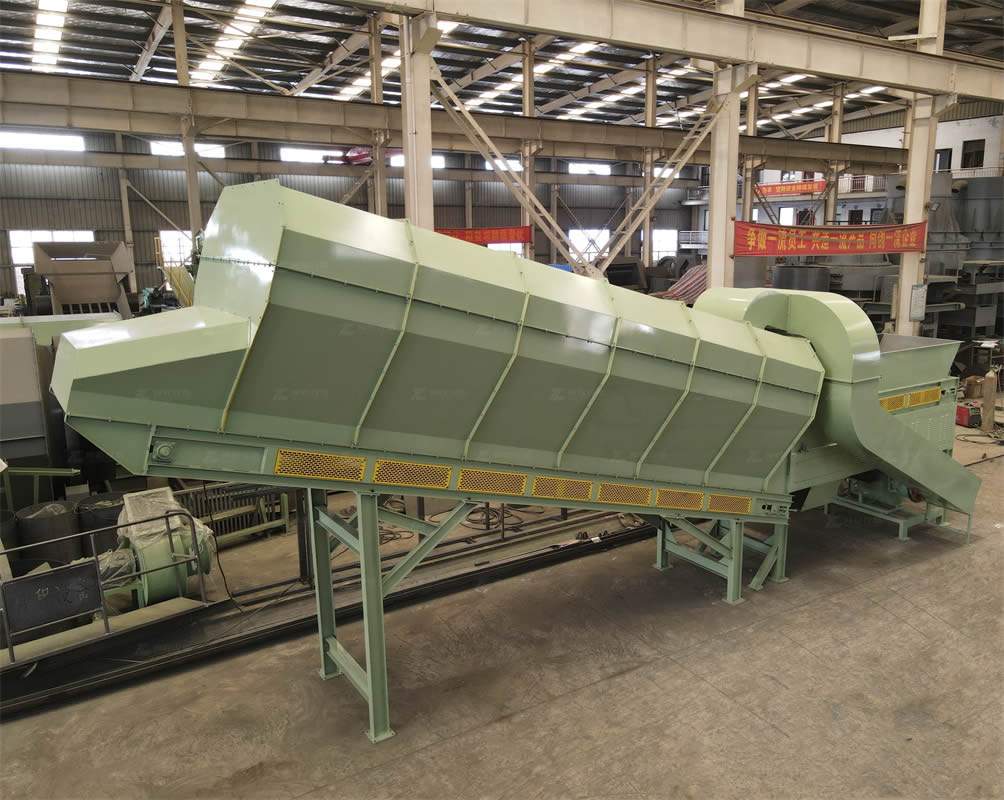 Zhongcheng Air Drum SeparatorAir drum separators effectively separate lightweight materials (e.g., plastics, paper) from heavier materials (e.g., metals, glass). This high efficiency is cru...Get Quote
Zhongcheng Air Drum SeparatorAir drum separators effectively separate lightweight materials (e.g., plastics, paper) from heavier materials (e.g., metals, glass). This high efficiency is cru...Get Quote
-
2024-08-22Medical waste shredderWorking Principle:Feeding Mechanism: Medical waste is fed into the shredder through a hopper or chute. The feeding mechanism ensures that the waste is introduce...
-
2025-03-03Mini Copper Wire GranulatorThe copper wire granulator machine is a device specially used to process waste wires and cables. Its main function is to separate the copper and plastic in the ...
-
2024-06-09Drum Screen RecyclingDrum screen machines are primarily used for material screening, helping to sort and recycle municipal solid waste and screen landfill waste. Their efficiency an...
-
2024-06-05Can the Angle of the Ballistic Separator Be Adjusted?Ballistic separator is a type of mechanical sorting device used primarily in the recycling industry to separate materials based on their physical properties. It...
-
2023-01-12Horizontal Semi-Auto Hydraulic BalerSemi automatic balers are used across the logistics, recycling and manufacturing sectors to process large volumes of waste materials such as cardboard, film, pa...



